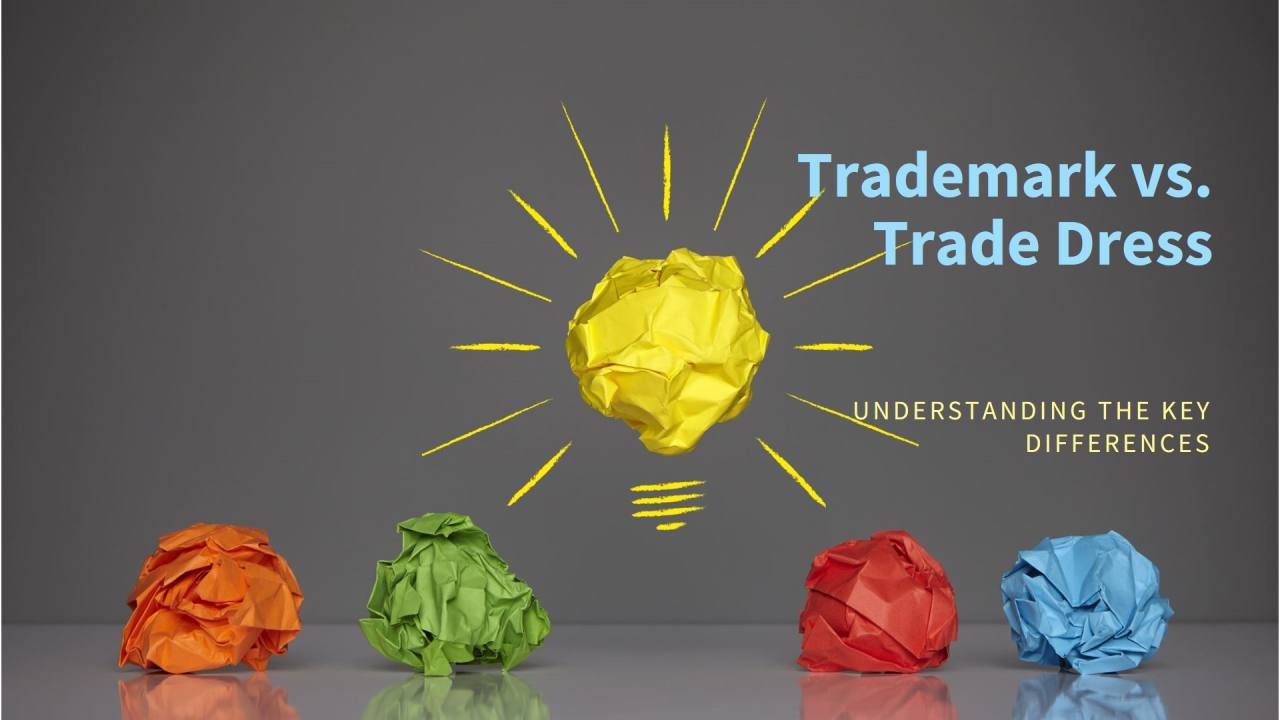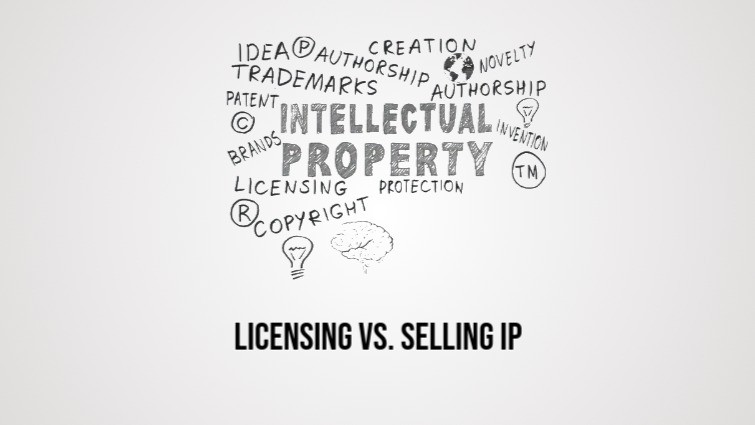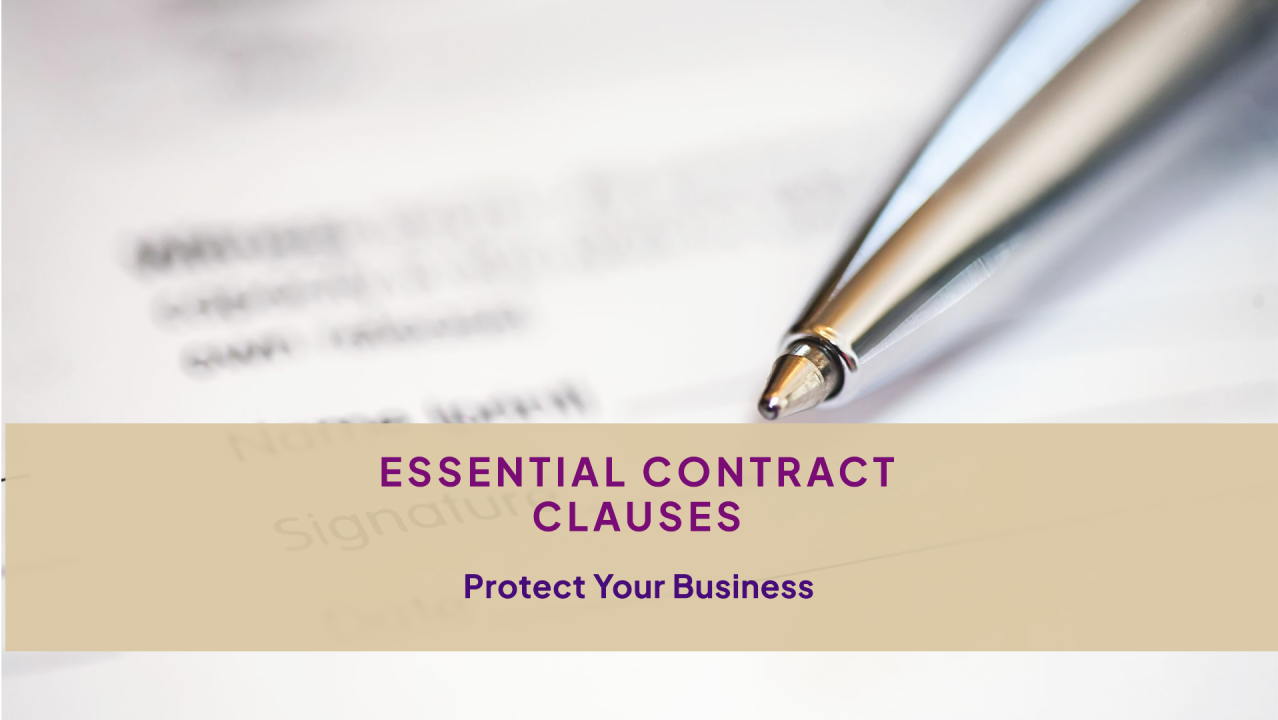
Copyright is a crucial aspect of protecting intellectual property in today’s world. Yet, despite its importance, there are countless misconceptions surrounding copyright protection. Let’s take a fresh approach to break down these common myths and set the record straight.
Myth 1: Copyright Protection Only Begins with Registration
Reality: You don’t need to register your work to gain copyright protection. Copyright automatically kicks in once your work is fixed in a tangible form. However, registration offers certain legal advantages, like the ability to sue for statutory damages in the event of an infringement.
Myth 2: Everything Found Online is Free to Use
Reality: It’s easy to assume that material found on the internet is up for grabs, but this is far from the truth. Most online content, images, articles, videos is still protected by copyright. Always seek permission or verify the licensing terms before using anything that isn't your original creation.
Myth 3: Without a Copyright Symbol, There’s No Protection
Reality: While the © symbol can be a helpful indicator, it’s not a requirement for copyright protection. As soon as you create an original work, you own the copyright, no symbol needed! Of course, using the symbol is still recommended as a way to inform others of your rights.
Myth 4: Changing a Work Means It’s No Longer Copyrighted
Reality: This one trips up a lot of people. Making alterations to someone else’s work doesn’t free you from copyright law. Even if you change 20%, 50%, or even more of the work, it still may qualify as a derivative work, which requires permission from the original creator.
Myth 5: Only Published Works Are Protected by Copyright
Reality: Both published and unpublished works are protected under copyright law as long as they are tangible, meaning they exist in some physical or digital format. Whether it’s a book draft sitting on your computer or a completed sculpture, it's protected!
Myth 6: Copyright Lasts Forever
Reality: Unfortunately for creators, copyright doesn’t last for eternity. For most works, copyright protection lasts for the creator’s lifetime plus 70 years. Once this period ends, the work enters the public domain, where anyone can freely use it.
Myth 7: It’s Okay to Use Copyrighted Work as Long as It’s Non-Commercial
Reality: Using copyrighted material for personal or non-commercial purposes can still lead to copyright infringement. Whether or not your use qualifies as "fair use" depends on several factors, including the purpose and amount of the work used. It's not a free pass to use others' work without consideration!
Myth 8: Copyright Infringement and Plagiarism Are the Same Thing
Reality: This misconception is common but wrong. Plagiarism is an ethical issue using someone else’s work without credit. Copyright infringement, on the other hand, is a legal matter and involves using a copyrighted work without permission. You can plagiarize without infringing copyright, and vice versa.
Final Thoughts: Clearing the Fog on Copyright
These common myths can easily mislead creators and consumers, but understanding the true nature of copyright protection is essential. Whether you’re aiming to protect your work or use someone else’s, clarity on these issues can prevent unwanted legal trouble.


